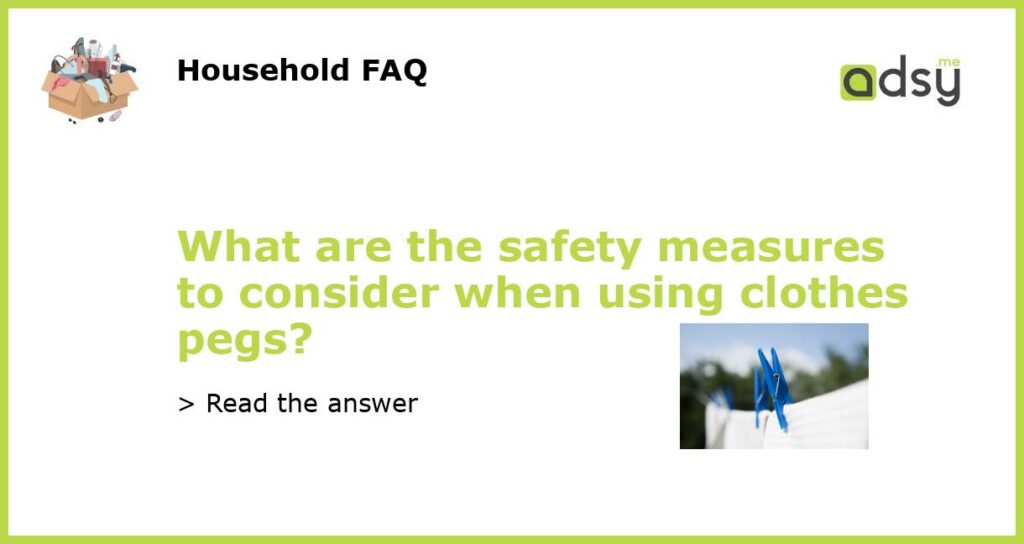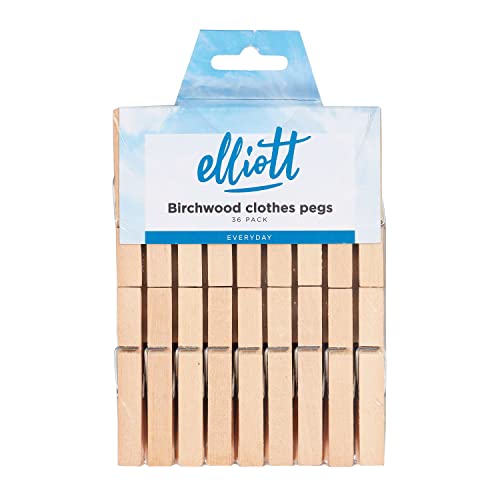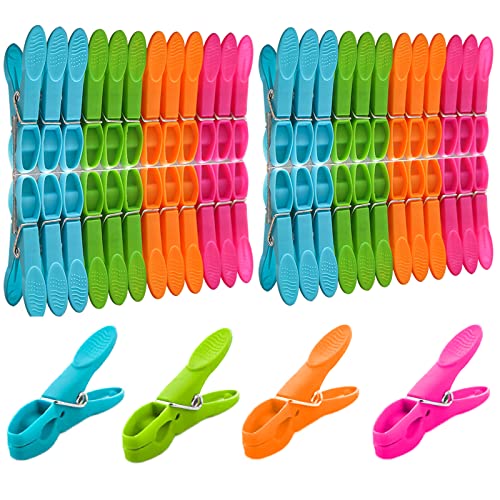Safety First: Why Clothes Pegs Can Be Dangerous
Clothes pegs are a staple in most households. They’re used to hang clothes on lines and keep them in place. But did you know that they can also be dangerous? Clothes pegs can cause serious injuries if not used properly. Here are some safety measures to consider when using clothes pegs.
Mind Your Fingers: How to Handle Clothes Pegs Safely
If you’re not careful, your fingers can get caught in the hinge of a clothes peg. To avoid this, make sure you hold the peg by the head and not the hinge. Also, be sure to open and close the peg gently, and never force it shut. If you’re using a lot of pegs, take breaks to avoid straining your hands and fingers.
Less is More: Don’t Overload Your Clothesline with Clothes Pegs
It might be tempting to hang as much laundry as possible on one clothesline, but overloading it with too many clothes pegs can be dangerous. The weight of the clothes can cause the line to sag, putting pressure on the pegs. This can cause them to break, sending them flying in different directions. To avoid this, use fewer pegs and distribute the weight evenly across the line.
Choose Your Pegs Wisely: Plastic or Wood?
When it comes to clothes pegs, there are two main types: plastic and wood. Plastic pegs are more durable and can withstand extreme weather conditions. However, they can also snap if used incorrectly. Wood pegs are strong and sturdy, but they can rot and break down over time. Choose the type of peg that suits your needs best, but always inspect them for cracks or damage before use.
Store Them Safely: Keep Clothes Pegs Out of Reach of Children
Clothes pegs can be a choking hazard for young children, so it’s important to store them safely. Keep them out of reach and sight of children, preferably in a closed container. If you drop a peg, be sure to pick it up immediately to avoid your child finding it later. It’s always better to be safe than sorry when it comes to the safety of our little ones.






